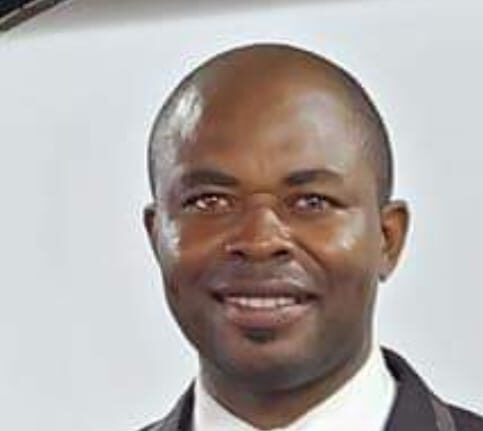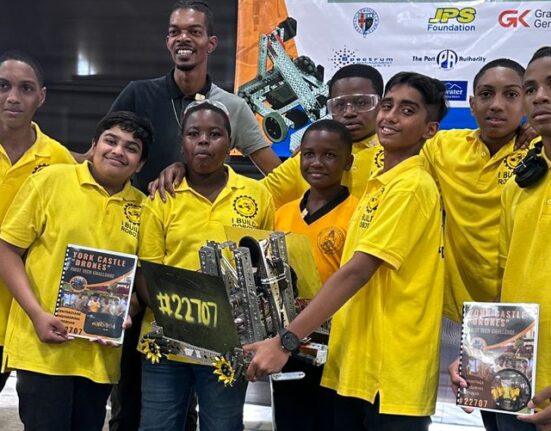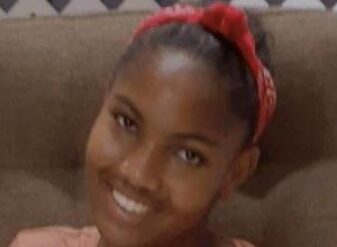(ROBINSON)
This is a continuation of a series on Mathematics and Science concepts and the important role play serves in helping children to understand these. — Editor
Non-numeral Concepts
Let us examine some non-numeral concepts which are the keys to solving math problems. Position: up, down, in, out, beside, behind, between, top, bottom, near, far, in front, above, under. Quantity: plenty, many, much, more, most, little, all, some, none, full, empty. Texture/ Quality: rough, smooth, sticky, hard, soft. Size: big, little, small, tiny, long, short, wide, narrow. Fractions: half, quarter, three-quarters. All these concepts can be applied at home.
When we think about all these concepts, we become aware of the difficulties children experience when they sit in classrooms and are unable to grasp the concepts being taught.
In recent times children have become less engaged in active play, they spend so much time copying from the board or writing in workbooks or writing books. It is very unfortunate that at Grade One, a child cannot use a single note book for every writing activity. Integrated learning is lost. The concepts being introduced here, relate to language arts, mathematics, science and social studies. Therefore, the burden of carrying four or more composition books and workbooks around is drudgery. Most schools do not provide shelves for school bags. In fact, so many of our primary schools have failed the test of being suitable and conducive learning environments. The drive to increase national scores on children’s performance has driven teachers beyond the level of human endurance. Children in these camps called schools are not enjoying school; the expression seen on many faces is fear.
The transition from basic to Grade One of primary schools is intense, rigid and much too formal, probably due to the number of children crammed into a small space. Schools should consider modifying these changes and allow children to adjust more easily to a new learning environment. Parents should ensure that cell phones and tablets given to their children do not deny them of physical play.
In preschools, workbooks have also reduced the periods of learning through play. Many small schools have spaces which are not used appropriately. Children learn shapes and fractions from the chalk board. They draw circles and divide into halves and quarters. When they are faced with a problem involving a number of quarters and halves, they are stunned. There is no time for free play although these children are still part of the early childhood group. Workbooks are important for reinforcing what was already learnt during organized play. There is no space in a typical Grade One class for all these ideas of learning through play. Therefore, I am charging the parents to provide opportunities at home for play.
PLAY WITH A PURPOSE
Play, if space is available, is carefully organized by the teachers who strive to achieve the objectives of the curriculum. That is, they plan carefully, they go the extra mile to engage the children who come to school speaking only the dialect. In basic schools, play with a purpose should be the ultimate goal. When children are provided with building blocks, water and sand play, jig-saw puzzles, they play as they learn many concepts. The children plant seeds, watch and draw pictures of what they observe as the plants grow. They mix colours and discover new colours. They play with magnets, weigh on balance scales, and respond to rhythm as they play music. In early childhood classrooms, teachers do not play with the children, or sit closely and listen how they communicate. When the teachers are involved or they supervise play, they will ask what, why, how, and where questions, specifically to test the children’s level of understanding concepts.
CONTINUED Next Week: Weight and Measures









